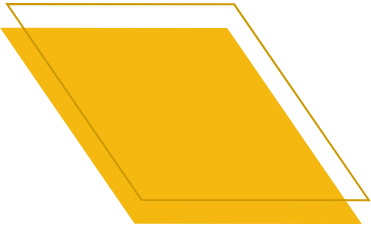Suffrage Storymap
The Suffrage Storymap is the product of a partnership between the National Park Service and Towson University to map the women's suffrage movement and shed light on the key figures and networks in women's suffrage.
Launched on the 100th anniversary of the ratification of the 19th amendment, the map was created by Towson University faculty, students and the Center for GIS.
How it Works
The interactive storymap uses historical correspondence to make visible the relationships between the advocates of the suffrage movement and their many meeting places. By exploring the map, users can get to know the people involved in the suffrage movement, as well as their relationships and networks, and the geographic reach of their activism.
The storymap currently connects more than 880 individuals and 217 historic sites. Using contemporary information software to reconstruct the writings and in-person meetings linking people, social movements and geography, the storymap is one of the most comprehensive archival GIS sites dedicated to this event.
Who Created the Storymap?
Researchers, including TU undergraduate students, painstakingly combed through letters and documents to network relationships between well-known suffragists (like Susan B. Anthony and Elizabeth Cady Stanton) and regional or local-level players or allies to the cause. They also tied the figures to historic sites and homes, often part of the National Park system.
Anthropology professors Samuel Collins and Matthew Durington, who led TU’s involvement in the women’s suffrage storymap, collaborated with Kate Wilkinson in women’s studies and Paporn Thebpanya in geography on the project. Additional collaborators on the project include The Schlesinger Museum at Harvard University, The Girl Scouts of America and The Environmental Systems Research Institute.
Using the Storymap
After accessing the map, an orientation video will guide you in navigating the Suffrage Storymap. As this is an ongoing project and we hope that users will use the crowdsourcing page to continue to build out and diversify the storymap.
It is our hope that this publicly accessible GIS storymap will be used by students and teachers from K-12 and higher education environments, historical archivists and anyone interested in the history of women’s suffrage in the United States.
